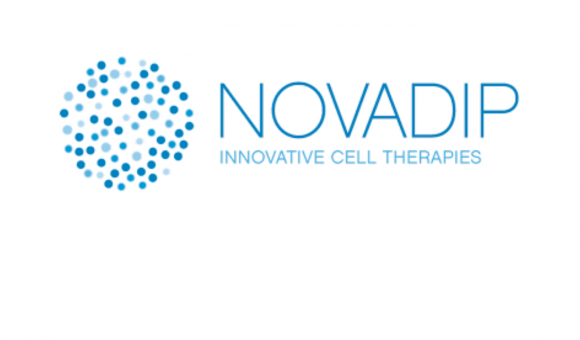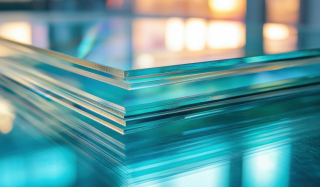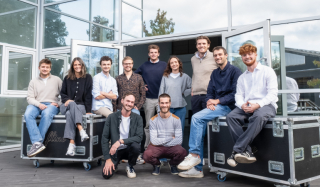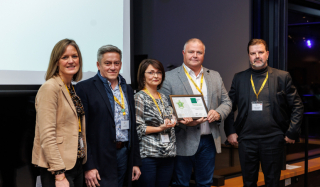
This is a world first in orthopaedic surgery: surgeons from the University Hospital Saint-Luc have repaired the tibia of a 5-year-old child using a 3D bone graft. This revolutionary technology developed by the Walloon biotech company Novadip, consists of creating a kind of bone 'plasticine' from stem cells taken from the patient's fatty tissue.
The child has congenital pseudoarthrosis of the tibia, a rare and debilitating disease where a fractured tibia does not heal. "This little boy was born with a fractured tibia and this fracture, on a completely diseased bone, was unable to heal like a normal bone," said Professor Pierre-Louis Docquier, orthopaedic surgeon at the University Hospital Saint-Luc. The consequences are serious: pain caused by friction between the two bone sections without cartilage and difficulty walking. "These children have to undergo a dozen or so operations. Sometimes this doesn't work and their leg has to be amputated so that they can walk with a prosthesis."
Fortunately, this was not the case for this little guy, who was treated by the University Hospital Centre Saint-Luc two years ago and was able to benefit from innovative technology developed by Novadip. This spin-off of UCLouvain based in Mont-St-Guibert has developed a novel procedure that consists of removing a small amount of adipose tissue from the patient's own abdomen, and then transforming it into a kind of bone 'plasticine' that is reinjected into the recalcitrant fractures.
Two product candidates are already in clinical trials, one targeting large, non-healing fractures of the lower limbs in adults, and the other, older product targeting complex vertebral fusions. The product used at Saint-Luc is therefore a third version of this technology. "Our established product did not quite match the pathophysiology of this type of child, which both prevents bone formation and progressively eats away at the bone. The critical-size defects are so large that bone continuity can no longer be restored. We therefore adapted the product at the request of Professor Pierre-Louis Docquier of the University Hospital Centre," explained Denis Dufrane, CEO and co-founder of Novadip Biosciences.
One year after implantation, the results indicated sufficient bone remodelling to allow the patient to walk without pain and without any apparent recurrence of the disease. Today, two years later, the little boy is walking normally.
This is an encouraging success for Novadip, which intends to "continue the development of this advanced cell therapy treatment to make it available to other patients."
Source: L'Echo et L'Avenir
Linked articles
Related articles

A new, innovative and environmentally-friendly flat glass production process developed in Wallonia

Breathalyzer boxes from Walloon company Fline expand internationally

JOST logistics company leads the way in terms of sustainability




